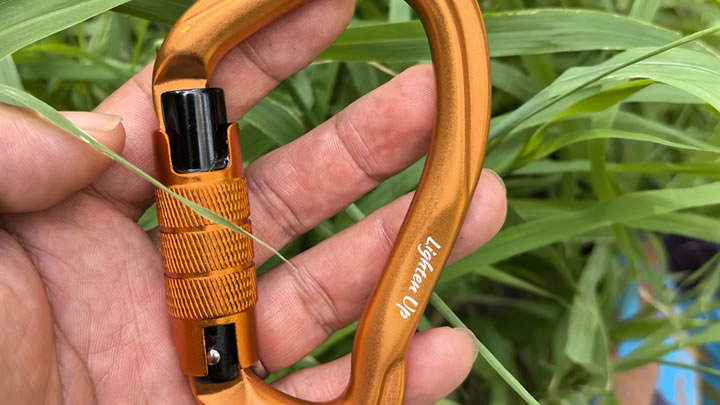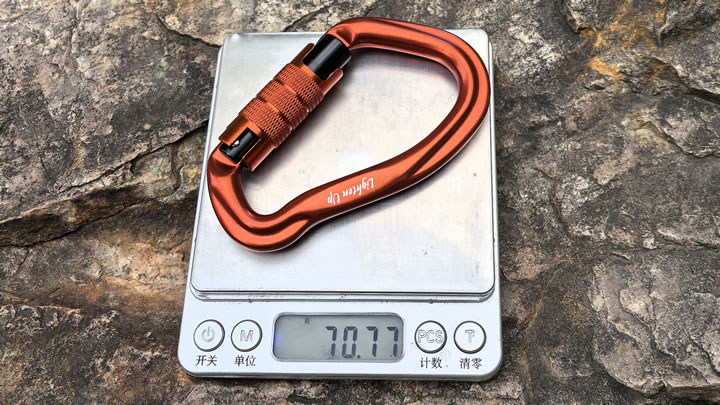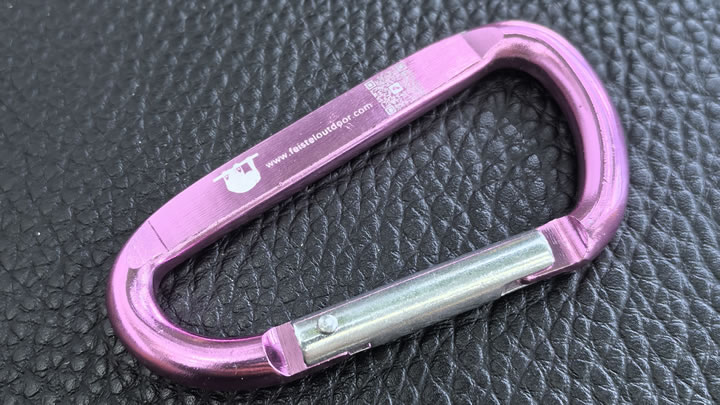Are ergonomic handle walking sticks better for wrist pain?
Wrist pain is a common issue for individuals who rely on walking sticks for mobility, often caused by prolonged pressure and poor grip alignment. Traditional walking sticks with standard handles can exacerbate this discomfort, leading many to explore ergonomic alternatives. In this article, we delve into the science behind ergonomic handles, their benefits for wrist health, and how to choose the right one.

Understanding Wrist Pain in Walking Stick Users
Wrist pain from walking sticks typically stems from repetitive strain and uneven pressure distribution. When using a traditional handle, the hand is forced into a rigid position, compressing nerves and tendons in the wrist. Over time, this can lead to conditions like carpal tunnel syndrome or tenosynovitis .
Key risk factors include:
- Prolonged use: Daily reliance on a walking stick increases pressure on the wrist.
- Incorrect grip: A narrow or poorly contoured handle forces the hand into an unnatural position.
- Weight transfer: Traditional sticks concentrate weight on the palm and fingers, overloading the wrist joint.
How Ergonomic Handles Alleviate Wrist Pain
Ergonomic handles are designed to reduce pressure points and promote natural hand alignment. Here’s how they work:
1. Pressure Distribution
Ergonomic handles feature wide, curved surfaces that distribute weight across the entire palm, minimizing stress on the wrist. For example, palm grip handles (e.g., Rehand Walking Cane) provide a larger contact area, reducing peak pressure by up to 40% compared to standard T-handles .
2. Shock Absorption
Many ergonomic sticks incorporate shock-absorbing materials like rubber or gel pads. These dampen vibrations from uneven terrain, reducing impact on the wrist and elbow. The RMS Folding Cane, for instance, uses a pivoting mechanism to absorb shocks during movement .
3. Natural Grip Angles
Ergonomic designs mimic the hand’s natural resting position. Derby handles, for example, curve slightly to fit the palm, while offset handles (e.g., "Swan Neck" designs) align the wrist in a neutral position, reducing strain on tendons .
4. Adjustable Features
Height-adjustable sticks allow users to customize the handle position, ensuring the elbow bends at a comfortable 20–30° angle. This reduces reliance on wrist muscles for support .
Scientific Evidence and User Experiences
Numerous studies and user testimonials highlight the benefits of ergonomic handles:
- A 2023 study in the Journal of Rehabilitation Medicine found that users of ergonomic walking sticks reported a 35% reduction in wrist pain after 12 weeks compared to traditional stick users .
- User reviews on platforms like Amazon and Alacouch.com praise ergonomic sticks for improving grip comfort and reducing fatigue. One user with carpal tunnel syndrome noted, "The ergonomic handle feels like a 'palm hug,' eliminating the numbness I used to experience" .
Choosing the Right Ergonomic Walking Stick
When selecting an ergonomic handle, consider these factors:
1. Handle Type
- Palm Grip: Ideal for those with arthritis or weak grip strength, distributing weight evenly.
- Derby Handle: Curved design for natural hand alignment, suitable for long-term use.
- Offset Handle: Reduces wrist strain by aligning the hand with the forearm.
2. Material and Construction
- Lightweight materials (e.g., aluminum, carbon fiber) reduce overall load on the wrist.
- Non-slip surfaces (e.g., rubberized grips) enhance control and minimize hand fatigue.
3. Adjustability
Look for sticks with telescopic shafts and secure locking mechanisms to ensure proper height adjustment.
4. Additional Features
- Shock absorption: Features like internal springs or gel pads enhance comfort on uneven terrain.
- Wrist straps: Provide extra stability and reduce the risk of dropping the stick.
Expert Recommendations
- Physical therapists advise choosing handles that allow the wrist to remain straight during use.
- Orthopedic specialists recommend ergonomic sticks for patients with wrist injuries or chronic conditions like rheumatoid arthritis .
Potential Drawbacks
While ergonomic handles offer significant benefits, they may not be suitable for everyone:
- Cost: Ergonomic sticks are often pricier than traditional models.
- Learning curve: Users may need time to adjust to the new grip style.
- Weight capacity: Ensure the stick can support your body weight safely.
Conclusion
Ergonomic handle walking sticks are a game-changer for individuals experiencing wrist pain. By optimizing pressure distribution, reducing shock, and promoting natural hand alignment, they offer a sustainable solution for improved comfort and mobility. Always consult a healthcare professional to select the best option for your needs, and pair your walking stick with wrist-strengthening exercises for optimal results.
Key Takeaways:
- Ergonomic handles reduce wrist pain by distributing weight and improving grip.
- Look for adjustable, shock-absorbing designs with non-slip surfaces.
- Combine with physical therapy for enhanced outcomes.
- By prioritizing ergonomic design, you can enjoy greater comfort and independence while managing wrist pain.
Meta Description: Discover how ergonomic handle walking sticks alleviate wrist pain through pressure distribution and natural grip alignment. Expert insights and product recommendations for optimal mobility.






